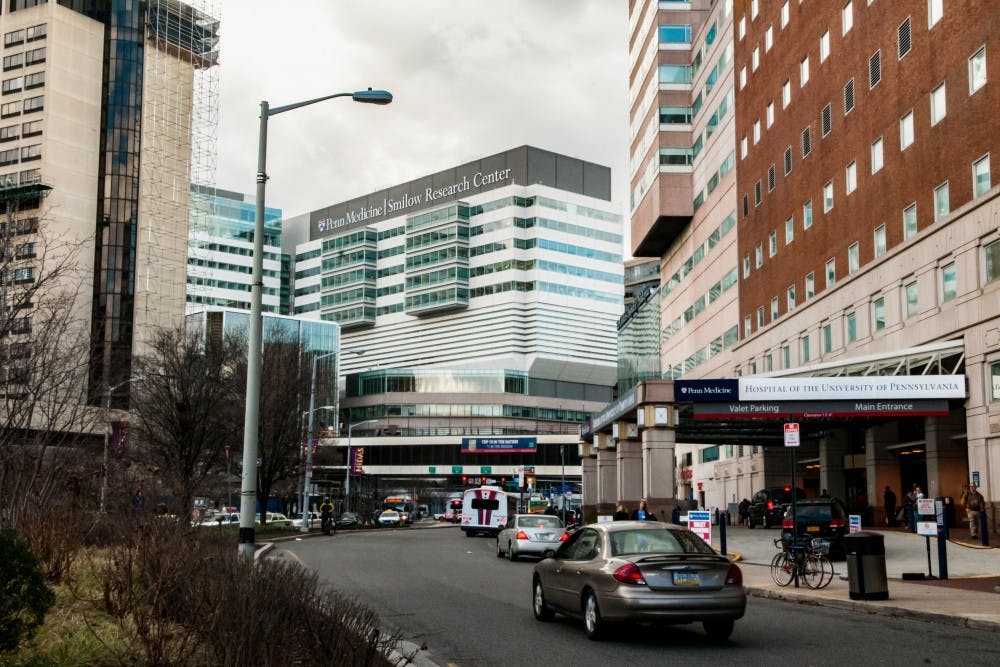
A new study from Penn's Perelman School of Medicine shows that the demographics of medical schools nationwide are not keeping up with the shifting demographics of the United States population.
Recent studies have shown that the proportion of U.S. medical students who identify as black, Hispanic, or Native American has increased in recent years. However, a research team led by Biostatistics M.D.-Ph.D. student Lanair Lett found that these changes did not keep pace with the growth of minority groups in the United States population. After accounting for these demographic shifts, the Penn research team found "no statistically significant trends towards increased minority representation in medical school applicants or matriculants," Penn Medicine News reported.
The study, published in JAMA Network Open, compared the proportion of medical students who identify with a particular racial and ethnic group to the group's proportion in an age-matched general population. It follows efforts from the past decade to increase racial and ethnic diversity in medical schools so that the physician workforce will be similar to the populations it serves. In 2009, for instance, the Liaison Committee on Medical Education' introduced diversity accreditation guidelines, which mandate that medical schools “have policies and practices to achieve appropriate diversity" among students and faculty.
Lett said the study results indicate that these efforts to increase diversity are not sufficient.
“Past research has shown that the medical workforce has indeed become more diverse, but it doesn’t account for how much the country is diversifying as a whole," Lett added. "If the Hispanic population grows by 25 percent and the Hispanic medical student population grows at the same rate, you can’t directly attribute that growth to new guidelines."
The Medical School has tried to increase its own diversity by creating the Program for Diversity and Inclusion, which holds diversity recruitment visits to undergraduate schools, supports student-led cultural groups, and sponsors annual lectures about diversity in medicine.
Radiology professor Ronnie Serbo, who co-authored the study, hopes the findings will inspire institutions to offer solutions to increase minority representations at medical schools.
"Our results suggest that physician racial/ethnic representation will become even more disparate, if changes are not made immediately," Serbo told Penn Medicine News.
The Daily Pennsylvanian is an independent, student-run newspaper. Please consider making a donation to support the coverage that shapes the University. Your generosity ensures a future of strong journalism at Penn.
Donate




